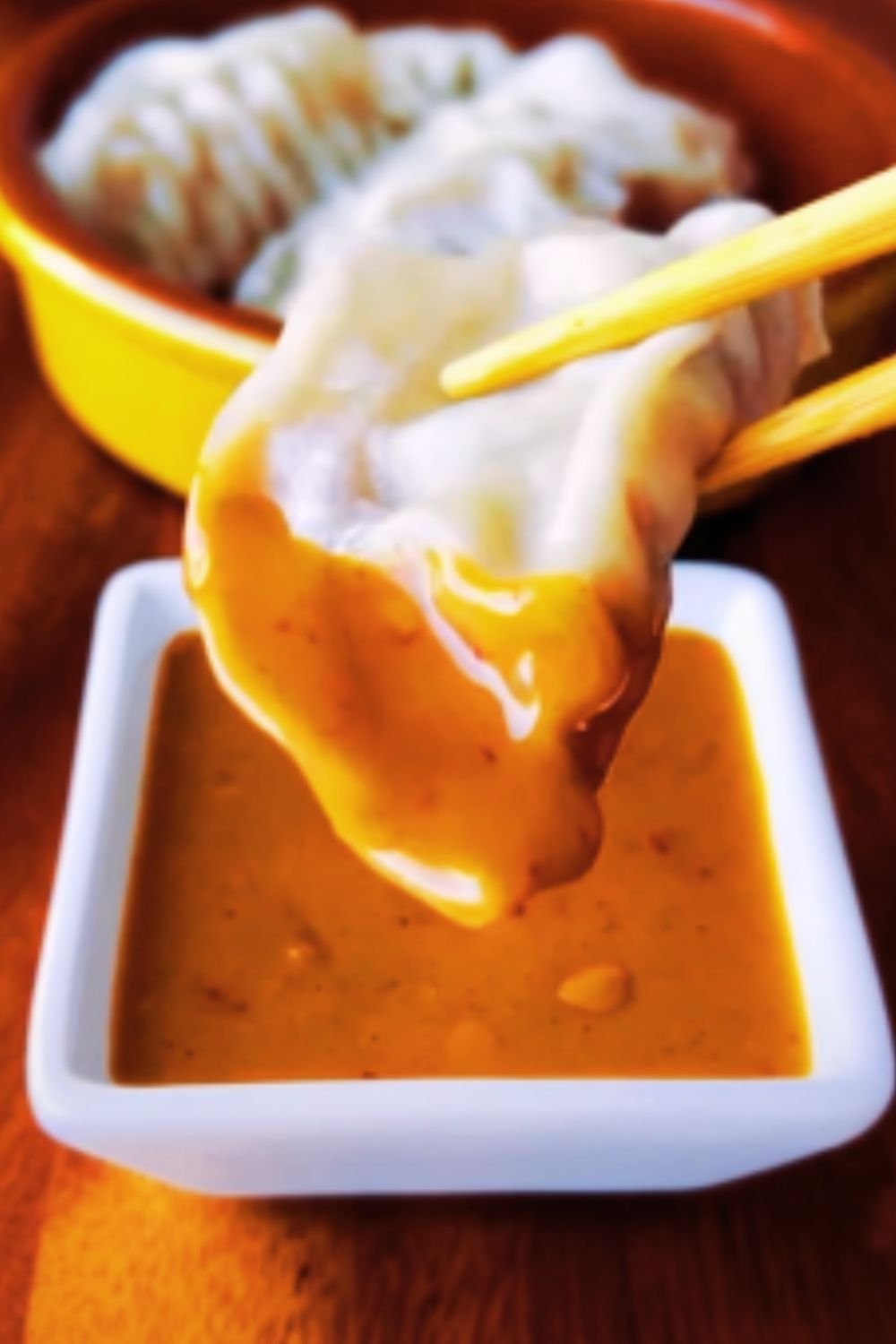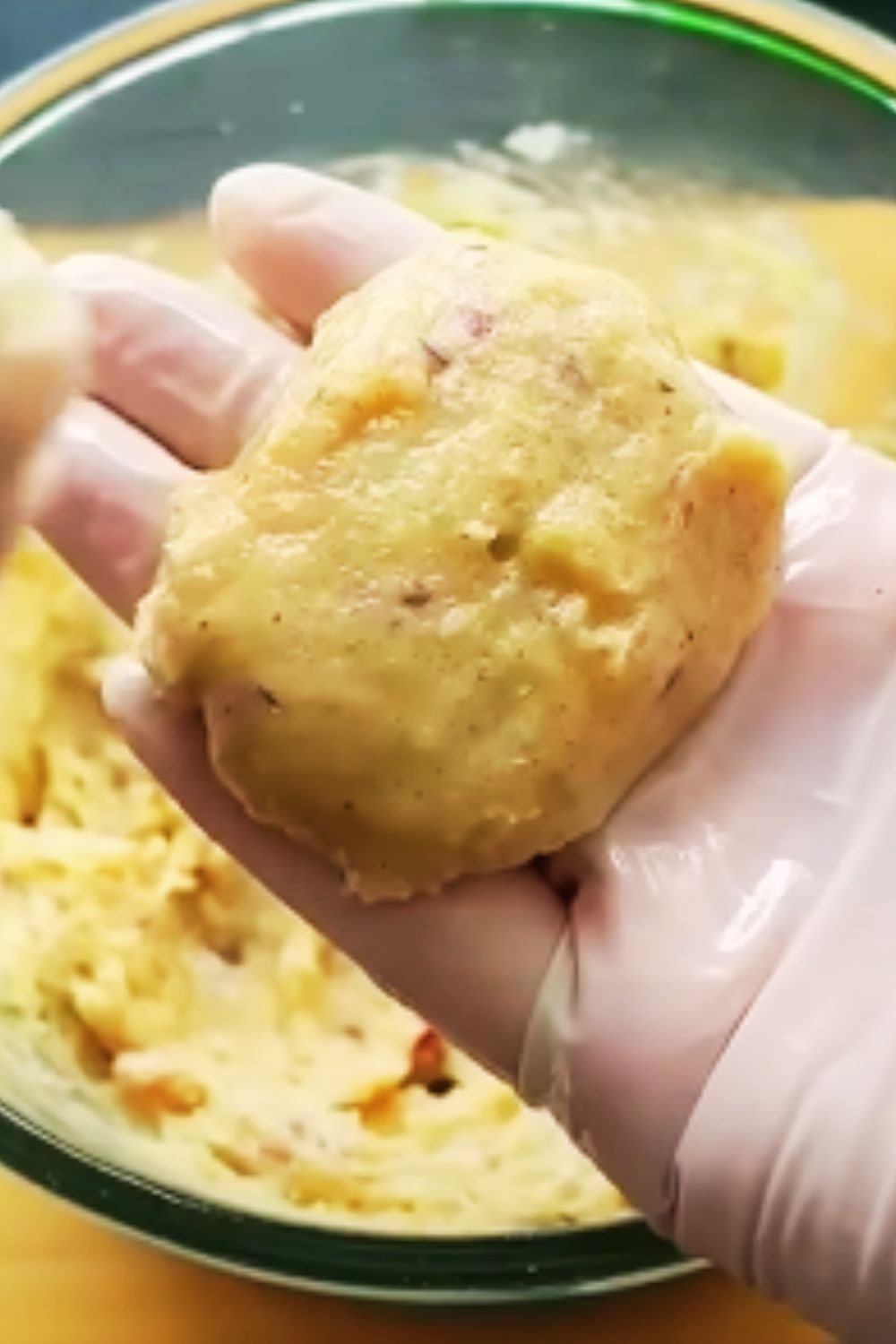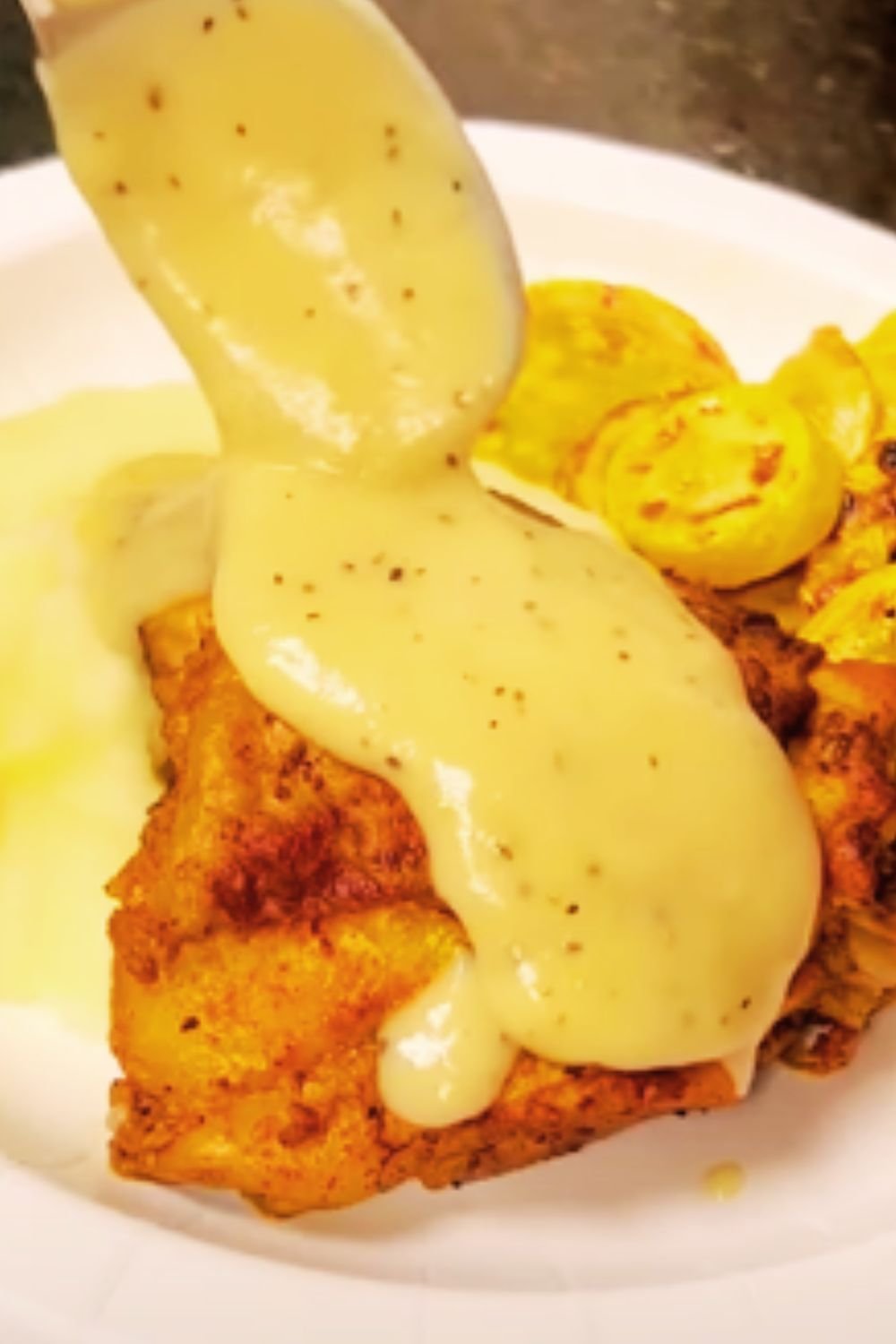There’s something magical about a good peanut sauce. Creamy, savory, with just the right balance of sweet and spicy notes – it’s the kind of condiment that transforms ordinary ingredients into something extraordinary. I’ve spent years perfecting my peanut sauce recipe, and today I’m thrilled to share my quick and easy version that takes just 10 minutes to prepare but delivers restaurant-quality flavor.
Whether you’re looking to elevate your spring rolls, add pizzazz to a simple stir-fry, or create a memorable satay dipping sauce, this versatile peanut sauce recipe has got you covered. The best part? It uses pantry staples you likely already have on hand!
Why You’ll Love This Recipe
- Quick and easy: Ready in just 10 minutes with minimal prep
- Versatile: Works as a dip, sauce, or dressing
- Customizable: Easily adjust sweetness, spice level, and thickness
- Meal-prep friendly: Stores well in the refrigerator for up to a week
- Dietary-friendly: Can be made gluten-free, vegan, and keto-friendly with simple swaps
I first encountered authentic peanut sauce during my travels through Southeast Asia. The complex flavors captured my heart, and I’ve been obsessed with recreating that perfect balance ever since. This recipe brings those vibrant flavors to your home kitchen with ingredients you can find at any grocery store.
Ingredients
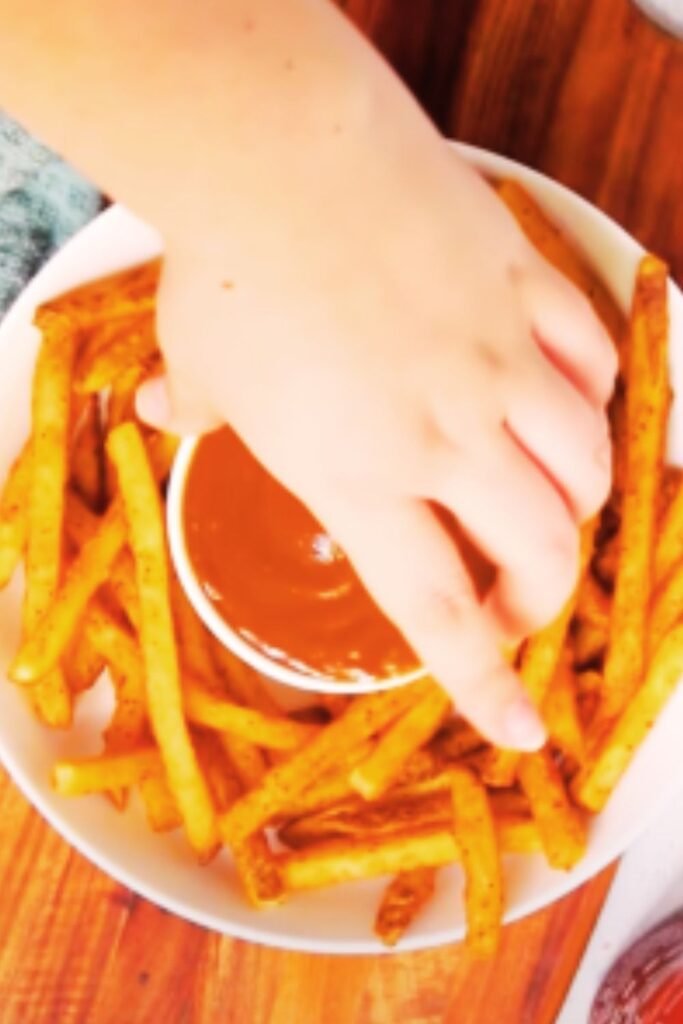
For this easy peanut sauce, you’ll need:
- ½ cup natural creamy peanut butter (unsweetened works best)
- 3 tablespoons low-sodium soy sauce (or tamari for gluten-free option)
- 2 tablespoons rice vinegar (or lime juice for a different tang)
- 2 tablespoons pure maple syrup (or honey, coconut sugar, or brown sugar)
- 1 tablespoon sesame oil (adds nutty depth)
- 1 tablespoon fresh ginger, grated (about a 1-inch piece)
- 2 garlic cloves, minced (about 2 teaspoons)
- 1-2 teaspoons sriracha or chili garlic sauce (adjust to taste)
- 3-4 tablespoons warm water (to achieve desired consistency)
- Optional: 1 tablespoon fresh lime juice (adds brightness)
- Optional garnishes: chopped cilantro, crushed peanuts, sliced green onions, red pepper flakes
Ingredient Notes
Peanut Butter: I strongly recommend using natural peanut butter without added sugars or oils. The pure peanut flavor creates a more authentic sauce. If your peanut butter is refrigerated, let it come to room temperature first for easier mixing.
Sweeteners: Traditional peanut sauce often uses palm sugar, but maple syrup creates a lovely smooth texture and balanced sweetness. Honey works wonderfully too, or coconut sugar for a more authentic flavor profile.
Acids: Rice vinegar provides the perfect tangy balance to the rich peanut butter. Fresh lime juice works as a substitute and adds a different but equally delicious brightness.
Heat Elements: Adjust the spice level to your preference. I find 1-2 teaspoons of sriracha creates a pleasantly warm sauce, but you can increase for more kick or omit completely for a kid-friendly version.
Equipment Needed
This sauce comes together easily with minimal equipment:
- Mixing bowl
- Whisk or fork
- Measuring cups and spoons
- Microplane or grater (for fresh ginger)
- Garlic press (optional)
Step-by-Step Instructions
Making this peanut sauce couldn’t be simpler. Here’s how to achieve perfect results every time:
- Prepare your aromatics: Mince the garlic and grate the fresh ginger. I like to use a microplane for super-fine ginger that blends seamlessly into the sauce.
- Combine the base ingredients: In a medium bowl, add the peanut butter, soy sauce, rice vinegar, maple syrup, and sesame oil.
- Add the aromatics: Add the minced garlic, grated ginger, and sriracha (if using).
- Whisk together: Use a whisk or fork to combine all ingredients until smooth. The mixture will be thick at this point.
- Adjust consistency: Add warm water, one tablespoon at a time, whisking between additions until you reach your desired consistency. For a dipping sauce, I typically use 3-4 tablespoons. For a salad dressing, I might add an extra tablespoon or two.
- Taste and adjust: Give your sauce a taste and adjust seasoning as needed. Need more salt? Add a splash more soy sauce. Want it sweeter? Add a bit more maple syrup. Craving more heat? Stir in additional sriracha.
- Final touch: If using, stir in the fresh lime juice right before serving for a bright finish.
Variations
One of the things I love most about this recipe is how easily it can be customized:
Thai-Style Peanut Sauce
- Add 1 tablespoon of red curry paste
- Use coconut milk instead of water for extra creaminess
- Include 1 tablespoon of fish sauce for authentic umami depth
Indonesian-Inspired Satay Sauce
- Add 1 teaspoon of ground coriander
- Include ½ teaspoon of ground cumin
- Mix in 1 tablespoon of tamarind paste for tanginess
Spicy Peanut Dressing
- Increase sriracha to 1 tablespoon
- Add ½ teaspoon of cayenne pepper
- Include 2 tablespoons of fresh lime juice
- Thin with additional water for pourable consistency
Dietary Adaptations
| Dietary Need | Substitution |
|---|---|
| Gluten-Free | Use tamari or coconut aminos instead of soy sauce |
| Vegan | Use maple syrup instead of honey (recipe as written is otherwise vegan) |
| Low-Sugar | Use a sugar-free maple syrup alternative and sugar-free peanut butter |
| Nut Allergy | Substitute sunflower seed butter (note: flavor profile will change) |
| Lower Sodium | Reduce soy sauce and add a splash of water with a pinch of salt |
| Keto-Friendly | Use a keto-approved sweetener like monk fruit or erythritol |
Make Ahead and Storage Tips
This peanut sauce is perfect for meal prep because it actually gets better after the flavors have had time to meld:
Refrigerator: Store in an airtight container for up to 1 week. The sauce will thicken when cold.
Freezer: Portion into ice cube trays and freeze for up to 3 months. Thaw overnight in the refrigerator or defrost individual cubes as needed.
Reviving: When ready to use refrigerated sauce, let it come to room temperature for about 15 minutes. If still too thick, whisk in a splash of warm water until you reach your desired consistency.
Ways to Use Peanut Sauce
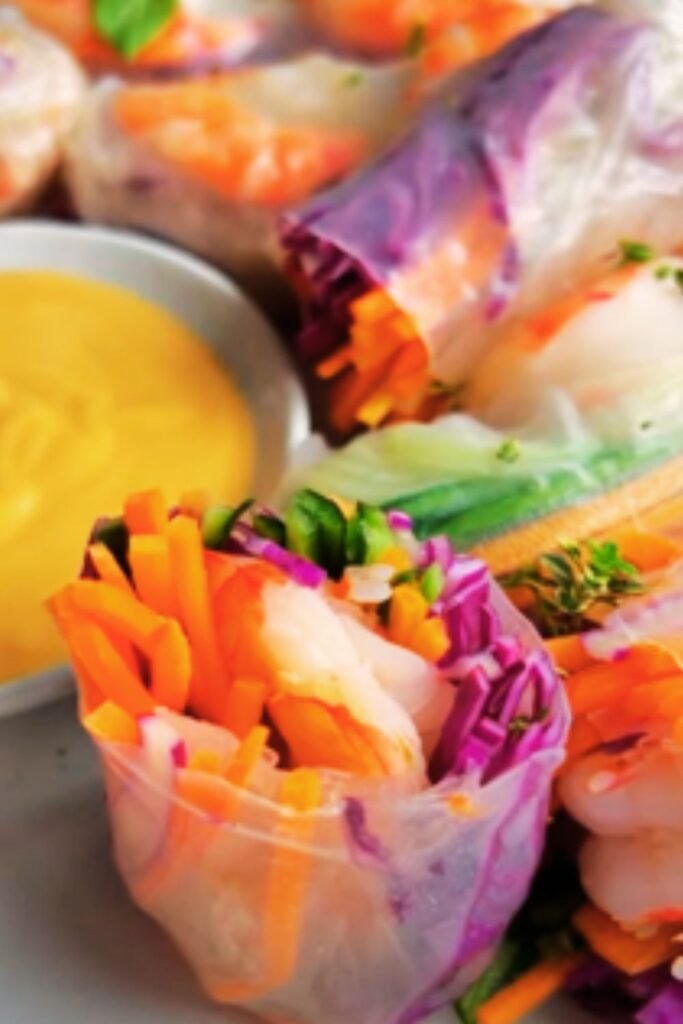
The versatility of this sauce is truly impressive. Here are some of my favorite ways to use it:
As a Dip For:
- Fresh spring rolls
- Satay skewers (chicken, tofu, or vegetables)
- Raw vegetables (bell peppers, carrots, cucumber)
- Grilled shrimp or chicken
- Dumplings or pot stickers
As a Sauce For:
- Noodle dishes (try it with rice noodles, soba, or even spaghetti)
- Stir-fried vegetables
- Buddha bowls
- Drizzled over roasted sweet potatoes
- Grilled chicken or tofu
As a Dressing For:
- Asian-inspired salads
- Cold noodle salads
- Grain bowls with quinoa or brown rice
- Cabbage slaws
Complete Meal Ideas
Want to turn this sauce into a full meal? Here are three easy options:
Peanut Noodle Bowl
- Cook 8 oz rice noodles according to package directions
- Toss with ⅓ cup peanut sauce
- Add thinly sliced red bell pepper, shredded carrots, edamame, and cucumber
- Top with crushed peanuts, sliced green onions, and cilantro
Peanut Buddha Bowl
- Arrange cooked brown rice or quinoa in a bowl
- Add roasted sweet potatoes, steamed broccoli, and pan-seared tofu
- Drizzle with peanut sauce
- Garnish with sliced avocado and sesame seeds
Thai-Inspired Salad
- Combine shredded cabbage, carrots, and bell peppers
- Add cooked and cooled shredded chicken (optional)
- Toss with thinned peanut sauce as dressing
- Top with crushed peanuts, fresh mint, and cilantro
Serving Suggestions
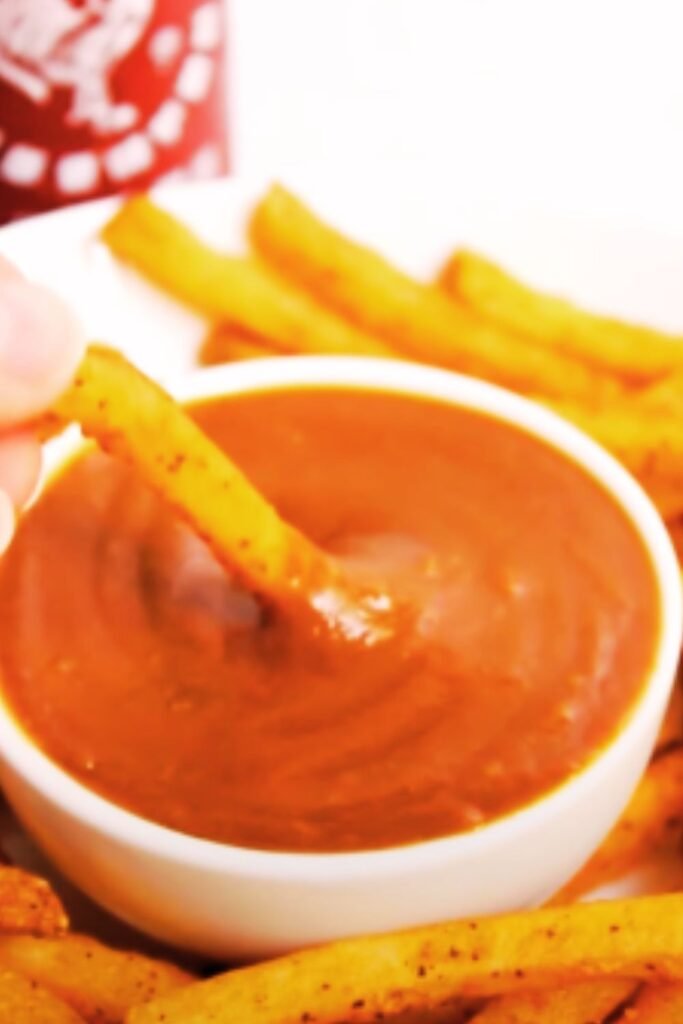
For an impressive spread that’s perfect for entertaining, I love to create a peanut sauce “bar” with various dipping options. Here’s what I include:
- Fresh spring rolls
- Cubed firm tofu (plain or lightly seared)
- Blanched vegetables (broccoli, green beans, snap peas)
- Fresh vegetables (cucumber spears, carrot sticks, bell pepper strips)
- Rice crackers or prawn crackers
- Lettuce cups for creating wraps
For a refreshing beverage pairing, try:
- Thai iced tea
- Cucumber-mint infused water
- Sparkling water with lime
- Mango lassi
Nutritional Information
This peanut sauce is not only delicious but also packs some impressive nutritional benefits:
| Nutrient | Amount per 2 tbsp serving | % Daily Value |
|---|---|---|
| Calories | 120 | – |
| Total Fat | 9g | 12% |
| Saturated Fat | 1.5g | 8% |
| Sodium | 280mg | 12% |
| Total Carbohydrate | 6g | 2% |
| Dietary Fiber | 1g | 4% |
| Total Sugars | 3g | – |
| Protein | 4g | 8% |
| Vitamin E | – | 10% |
| Magnesium | – | 8% |
Nutrition values are approximate and will vary based on specific ingredients used.
Thanks to the peanut butter base, this sauce provides healthy fats, plant-based protein, and important nutrients like vitamin E, magnesium, and niacin. The ginger and garlic also offer anti-inflammatory benefits.
Recipe FAQs
Q: My sauce is too thick. How can I thin it out? If your sauce is too thick, simply add more warm water, a tablespoon at a time, until you reach your desired consistency. For a richer option, you can also use coconut milk to thin the sauce.
Q: Can I make this sauce without peanut butter due to allergies? Absolutely! Sunbutter (made from sunflower seeds) makes an excellent substitute. Almond butter also works, though it will give the sauce a different flavor profile. Just make sure to use a creamy, natural version without added sugars.
Q: How spicy is this sauce? As written, the sauce has a mild-to-medium heat level. You can easily adjust by adding more sriracha or chili garlic sauce for extra heat, or omitting it completely for a non-spicy version.
Q: My peanut butter separated in the jar. Can I still use it? Yes! Natural peanut butter often separates, with oils rising to the top. Simply stir it well before measuring to reincorporate the oils, or better yet, store your natural peanut butter upside down to help prevent separation.
Q: Can I use powdered peanut butter like PB2? You can, but you’ll need to reconstitute it first according to package directions. Note that the sauce won’t be as rich since powdered peanut butter has most of the oils removed. You might want to add a touch more sesame oil to compensate.
Q: How long can I keep the sauce at room temperature for a party? For food safety, I wouldn’t recommend leaving the sauce at room temperature for more than 2 hours. If your gathering will last longer, consider putting the sauce bowl inside another bowl filled with ice to keep it chilled.
Q: Can I make this sauce without sesame oil? Yes, though you’ll miss some of the nutty depth it provides. You can substitute additional peanut oil, a neutral oil like grapeseed, or even a bit of tahini (which is made from sesame seeds) mixed with a neutral oil.
Q: Is this sauce gluten-free? It can be! Just make sure to use tamari or coconut aminos instead of regular soy sauce, which typically contains wheat.
Pro Tips for Perfect Peanut Sauce
After making this sauce hundreds of times, I’ve picked up some tricks for foolproof results:
- Room temperature ingredients: Allow refrigerated ingredients like peanut butter to come to room temperature before mixing for the smoothest texture.
- Fresh aromatics matter: While convenient, pre-minced garlic and ginger in jars don’t provide the same bright, aromatic punch as freshly prepared ones.
- Balance is key: The perfect peanut sauce hits all the flavor notes: salty, sweet, sour, spicy, and umami. If your sauce seems flat, it’s likely missing one of these elements.
- Whisk thoroughly: To avoid any clumps of peanut butter, whisk vigorously until the sauce is completely smooth.
- Adjust consistency based on use: Make it thicker for dipping and thinner for dressing or noodles.
- Let flavors meld: While you can use the sauce immediately, allowing it to rest for at least 30 minutes lets the flavors develop more fully.
- Save some water for later: If you’re making the sauce ahead of time, make it slightly thicker than you want the final product, as you can always thin it with water when ready to use.
Conclusion
This easy creamy peanut sauce has become a staple in my kitchen, and I hope it becomes one in yours too! Its incredible versatility makes it perfect for everything from quick weeknight meals to impressive entertaining spreads. The balanced flavors of creamy peanut butter, savory soy sauce, zesty ginger, and garlic create a sauce that’s far greater than the sum of its parts.
What I love most about this recipe is how easily it transforms simple ingredients into something special. A plain rice bowl becomes a crave-worthy meal, and basic vegetables turn into an exciting appetizer—all thanks to this magical sauce.
I encourage you to make this recipe your own by adjusting the flavors to suit your preferences. Want it spicier? Add more chili. Prefer it sweeter? Increase the maple syrup. The foundation remains delicious no matter how you customize it.
I’d love to hear how you use this versatile sauce in your kitchen! Whether you’re drizzling it over Buddha bowls, dipping spring rolls, or discovering an entirely new application, this peanut sauce is sure to become a recipe you return to again and again.
